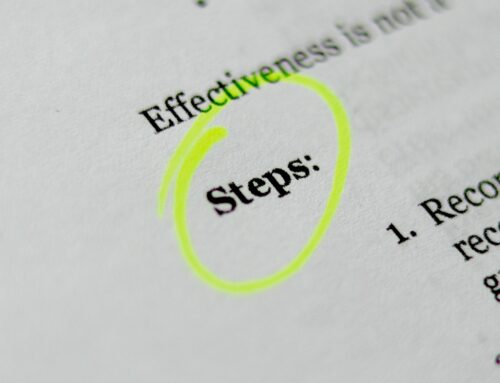Construction has a the lowest success rate of all industries with only 36.4 percent reaching their fifth year of business. Two of the biggest reasons that this percentage is so low is cash flow and low profit margins.
When it comes to cash flow, a construction firm with steady, predictable cash flow seems to be a unicorn in this industry. Job costs such as, materials, labor, and travel are accumulated upfront. Unlike other industries, construction firms can have receivables that are past due 60, 90, or even 120 days. This creates cash management issues from the onset.
Low profit margins can add insult to injury. Construction is a competitive industry that relies on a bidding process. Many firms struggle to manage bidding low enough to be awarded the job, yet not too low that there is no room for profit. While it is better to have five well paying projects than 20 that just pay the bills, not all firms share this thought process.
The challenge of cash flow and low profit could be remedied by changing your approach to profit. In Mike Michalowicz’s book Profit First, he proposes a new way of managing your business. Instead of thinking of your business income as Income – Expenses = Profits, Michalowicz says to work with the equation of Income – Profit = Expenses.
When you take profit from income first, you ensure that there is a steady stream of profit entering your business. It also helps to determine if your income can actually sustain your business and if not, forces your to either trim your expenses, increase your bids, or both.
While this type of thinking may seem that nonsense at first, as you dive deeper into the book it all starts to make sense. Too many entrepreneurs pay their staff, the bills, and then pay themselves. If your firm is struggling with cash flow or rapid expansion, it is the owner who usually goes without a paycheck. In reality, this should never be the case.
The Profit First way of business suggests the following way to divided up your business income:
- 10 percent to Profit
- 10 percent to Owner’s Compensation
- 15 percent to Taxes
- 65 percent to Operating Expenses
Another tenet of Profit First is to create a variety of bank accounts for each category of profit and also accounts for building business wealth. While many people may feel that they can remain accountable to not dipping into a specific line item when funds are needed, setting up the separate provides a fail-safe. It forces you to divvy up the income to ensure that your business is staying on track and remaining profitable.
Changing how you look at profit can radically change your construction firm. While adopting the Profit First method of cash management will not change your business income overnight, within a few months of working the system, you will be able to examine your expenses and eliminate any that are necessary. You will also be able to bid on projects with more clarity of the how being awarded the project will impact your bottom line.









